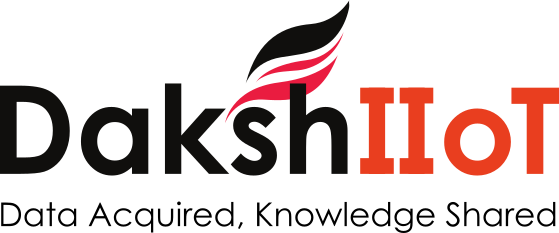Traceability refers to tracking and tracing the movement and history of products or components throughout the manufacturing process. It involves capturing and recording data about each step of production, including the origin of raw materials, the machines and processes used, the operators involved, and any quality control measures taken.
Implementing traceability in a factory involves several key steps:
Data Collection: Install sensors and data collection devices on machines, production lines, and relevant areas of the factory floor to gather data in real time. These sensors can collect information on temperature, pressure, humidity, machine performance, product quality, and more.
Data Storage: Set up a secure and centralized data storage system, often using cloud-based solutions or on-premises servers. This system should be capable of handling large volumes of data and ensuring data integrity and security.
Data Integration: Integrate data from various sources within the factory, including production machines, quality control stations, and inventory management systems. This enables a holistic view of the manufacturing process.
Data Analysis: Employ data analytics tools and algorithms to process and analyze the collected data. This analysis can help identify patterns, anomalies, and areas for improvement in the manufacturing process.
Serialization: Assign unique identifiers (serial numbers or barcodes) to each product or component at the beginning of the manufacturing process. These identifiers are then tracked throughout production, making it possible to trace the history and journey of each item.
Real-time Monitoring: Implement real-time monitoring dashboards and alerts to keep track of the production process. This allows for immediate intervention in case of issues or deviations from quality standards.
Quality Control: Incorporate quality control checkpoints at various stages of production. Data collected from these checkpoints can be used to verify product quality and compliance with specifications.
Documentation and Reporting: Maintain detailed records and generate reports to demonstrate compliance with industry regulations and quality standards. This documentation can also be useful for product recalls or audits.
Security and Privacy: Implement robust cybersecurity measures to protect the data and systems from cyber threats. Ensure compliance with data privacy regulations, especially if customer data is involved.

